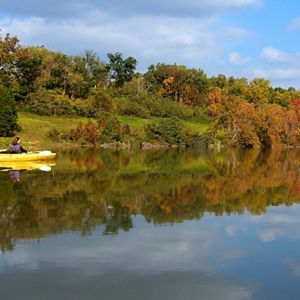Description
Historic Mount Olivet Cemetery welcomes visitors to respectfully enjoy its grounds, its history and its myriad conservation projects, many of which include TNC as a partner.
The 88-acre cemetery is located on an historic hill overlooking the monuments of the nation's capital in the District of Columbia. Operated by the Catholic Cemeteries of the Archdiocese of Washington, it is the largest Catholic burial ground in the city, and it was the first cemetery in the city to be racially integrated.
Mount Olivet Cemetery is the final resting place of many notable—and in some cases, notorious—individuals, including politicians, former D.C. mayors, professional athletes, Medal of Honor recipients, journalists, enslaved people, civil rights activists and more. It is also home to the many hardworking early immigrants who helped build Washington, D.C. into the vibrant urban center it is today.








